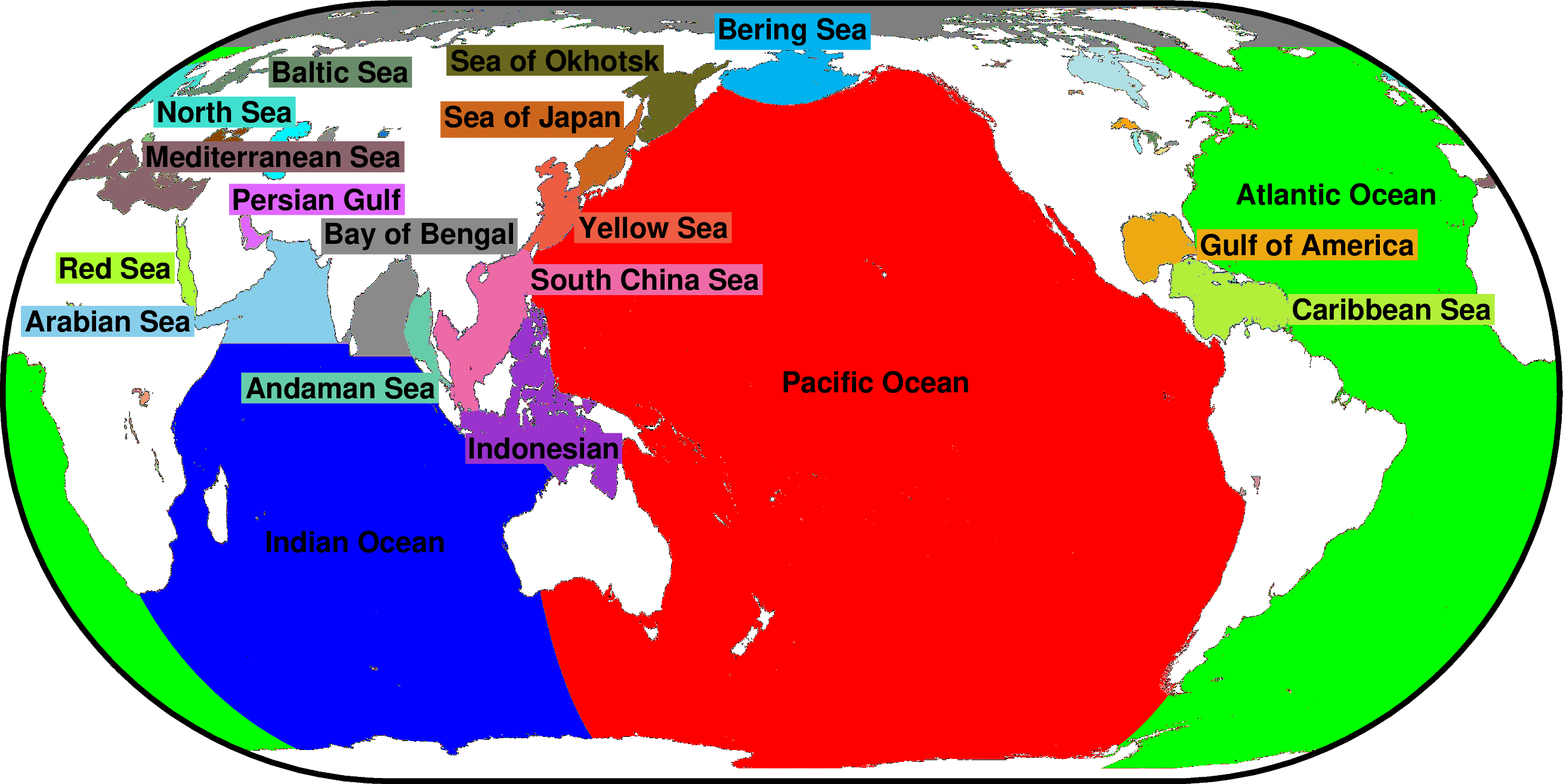 |
| Fig. 1 The heat down under |
The old song 'Looking For Love In All The Wrong Places' has scientific relevance if we change the name of the song to 'Looking For Heat In All The Wrong Places'.
That has been clearly pointed out in the Dredd Blog series In Search Of Ocean Heat, 2, 3, 4, 5, 6, 7, 8, 9, 10, 11, 12, 13, 14.
Cosmic legislation found in the law of thermodynamics (heat law) indicates that warm/hot flows to cool/cold ("The Second Law of Thermodynamics(first expression): Heat transfer occurs spontaneously from higher- to lower-temperature bodies but never spontaneously in the reverse direction.").
Since the ocean is within the jurisdiction of the cosmos, that law (2nd law of thermodynamics) applies to the oceans of the Earth.
If Sherlock Holmes was on the case he would say look for heat transfer, i.e. moving heat flowing from warm/hot to cool/cold, and follow it to the place it is headed to.
All of the billions of dollars spent on satellites that measure the surface temperature of the ocean (Sea Surface Temperature) won't solve the case, because the 'who dunnit' was and still is The Ghost Photons.
Those "wiley wascals" have pulled the wool over the eyes of the warming commentariat (The Warming Science Commentariat - 13).
In short, when one is on the hunt for a suspect, one must know what that suspect is, especially in physics where formulas of solutions are required.
The suspect "ocean heat" is know by the 'nickname' described in a paper in a journal:
"Potential temperature is used in oceanography as though it is a conservative variable like salinity; however, turbulent mixing processes conserve enthalpy and usually destroy potential temperature. This negative production of potential temperature is similar in magnitude to the well-known production of entropy that always occurs during mixing processes. Here it is shown that potential enthalpy—the enthalpy that a water parcel would have if raised adiabatically and without exchange of salt to the sea surface—is more conservative than potential temperature by two orders of magnitude. Furthermore, it is shown that a flux of potential enthalpy can be called “the heat flux” even though potential enthalpy is undefined up to a linear function of salinity. The exchange of heat across the sea surface is identically the flux of potential enthalpy. This same flux is not proportional to the flux of potential temperature because of variations in heat capacity of up to 5%. The geothermal heat flux across the ocean floor is also approximately the flux of potential enthalpy with an error of no more that 0.15%. These results prove that potential enthalpy is the quantity whose advection and diffusion is equivalent to advection and diffusion of “heat” in the ocean. That is, it is proven that to very high accuracy, the first law of thermodynamics in the ocean is the conservation equation of potential enthalpy. It is shown that potential enthalpy is to be preferred over the Bernoulli function. A new temperature variable called “conservative temperature” is advanced that is simply proportional to potential enthalpy. It is shown that present ocean models contain typical errors of 0.1°C and maximum errors of 1.4°C in their temperature because of the neglect of the nonconservative production of potential temperature ... and potential temperature, rests on an incorrect theoretical foundation ..."
(Patterns: Conservative Temperature & Potential Enthalpy, quoting Potential Enthalpy: A Conservative Oceanic Variable for Evaluating Heat Content and Heat Fluxes). That post shows that Conservative Temperature (CT) and Potential Enthalpy (Ho) have the same "genes", i.e. the same pattern at all ocean depths and temperatures.
 |
| Fig. 2 WOD Zone Layers (red numbers) |
The heat flux trail leads to the bottom, the originally coldest place, where the ghost photons have raised the deepest temperatures there to a level above the shallower depth above the deepest level.
The appendices contain graphs which show that the Hadopelagic (deepest level) is becoming warmer than the level above it, the Abyssopelagic (Pelagic zone), and this is not just for WOD ocean layers 14,15, and 16 (Fig. 2) which is the Southern Ocean surrounding "the refrigerator" Antarctica shown in Fig. 1.
The heat flux trip from the surface to the coldest seawater down under has taken decades, but the graphs in the appendices with in situ measurements up to the year 2023, expose the suspect ghost photons at work (Appendix 1, Appendix 2, Appendix 3).
Get on your horse alarmist Paul Revere, and ring them bells Bob Dylan, because "The Hado is Warming" ... "The Hado is Warming".
The big deal about this is that the tidewater glaciers are being melted by heat down under (Antarctica 2.0 - 13).
The next post in this series is here.
"Plug in to the down under ..."





















































